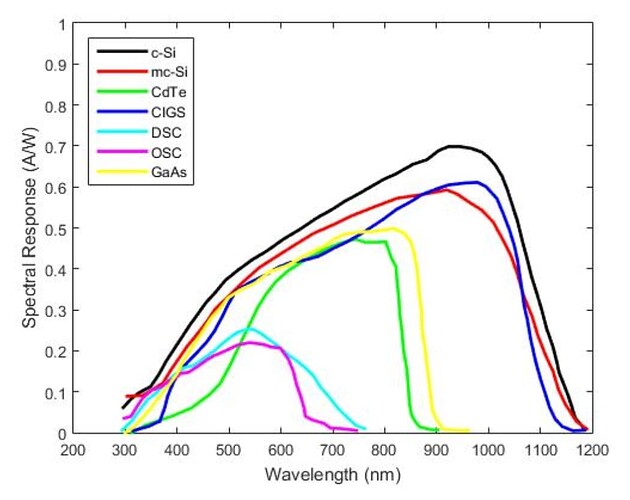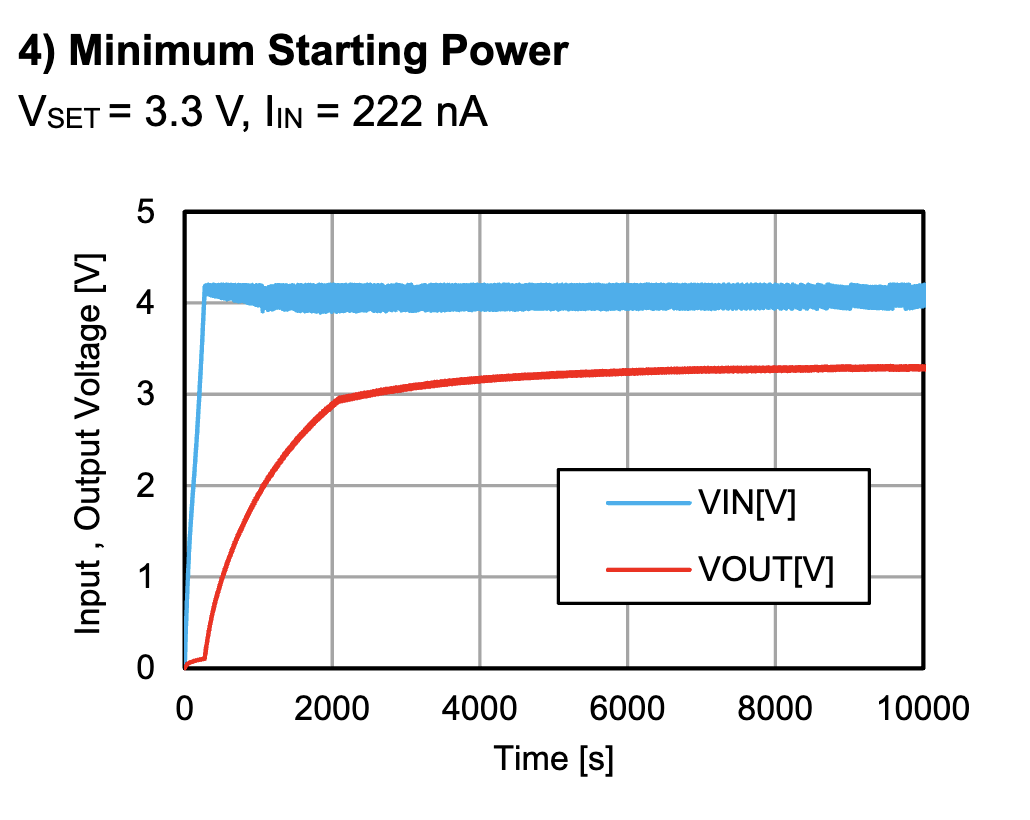FUTURE PROJECT (maybe): piezoelectric flex implant or rigid solar implant ??
—————————————————————————————————————-
I don’t know if this project is a pipe dream, or whether anyone has attempted a similar device in the past (although I have been asking around). I welcome all critiques and redirects, as I don’t want to be reinventing the wheel over here…
So, from my vantage point, it seems that one of the critical issues surrounding the development of implantable technology is POWER. In the case of Dangerous Things’ technologies, the solution to the power supply problem is capacitance — the device is only powered when in the field of a reader, if I understand everything correctly. In medically necessary devices like pacemakers and insulin pumps, the “powered” portion of the device is usually kept outside of the body, and any implanted components requiring power are hooked up via transdermal leads, which seems unviable for “consumer” implants.
However, despite the hurdles involved in powering implants, I have seen a lot of interest in things like always-on lights (see the discontinued xGLO) or tiny e-ink or backlit screens.
I am wondering what options might be possible for powering small-draw consumer use cases like this, and in my discussions and research the two potential options that have stood out as the safest and most accessible are: 1) a small subdermal solar panel, or 2) a piezoelectric flex component implanted across a joint, such that bending the joint powers the circuit.
Has anything like this been attempted before? Am I correct in interpreting that The Power Supply Problem is a big hurdle facing implant development? Or, is TPSP a wild goose chase, as no matter how power is supplied there would still need to be a power storage solution?
Please let me know your thoughts. I have worked with piezoelectrics before (many many years ago) and have a concept of how to make that component, at least. The implantation site for the piezoelectric option seems less than ideal, however…



